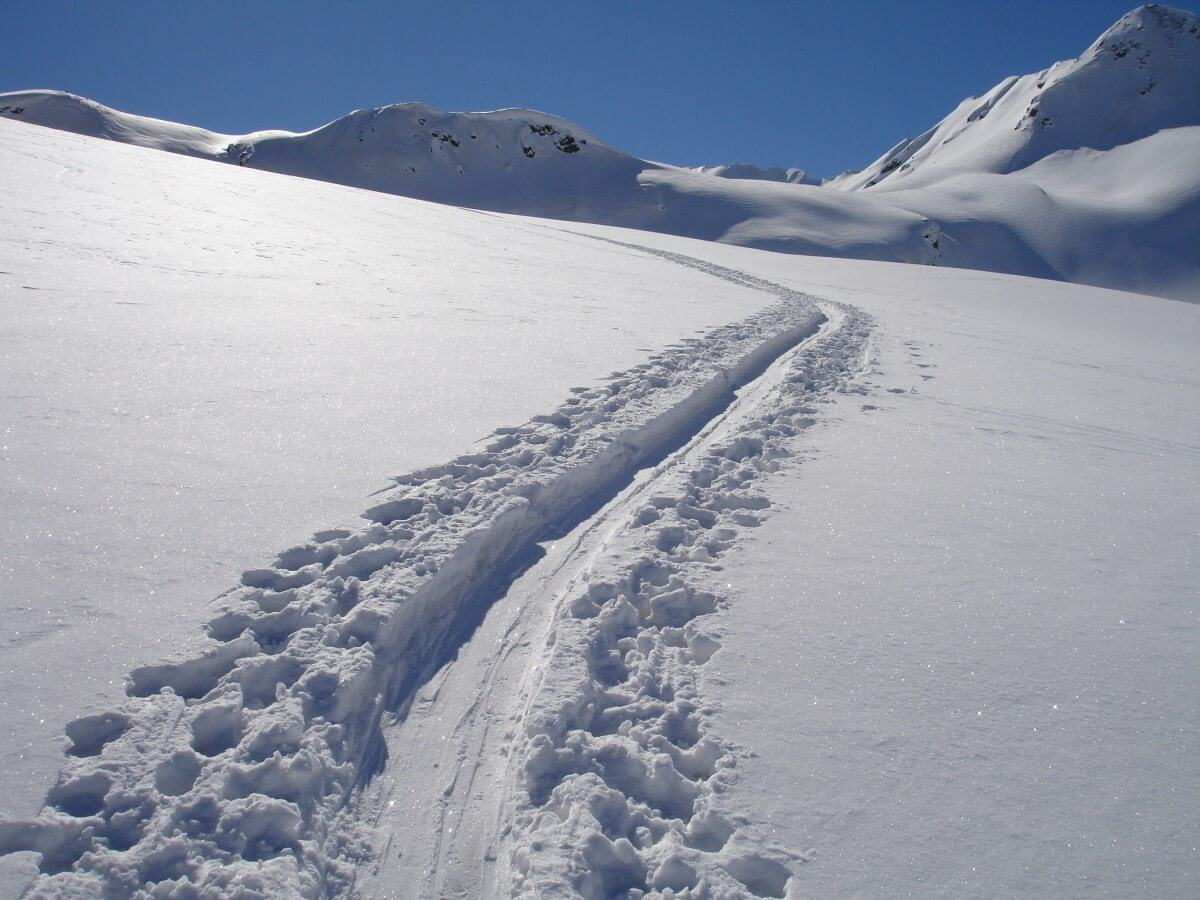Polyvinyl Chloride or PVC is the world’s third most-commonly used thermoplastic material. Often used as plumbing material or electrical wiring protection, PVC can also be used for a variety of DIY survival projects, such as snowshoes.
If you don’t already own a pair of snowshoes to help you traverse snow-covered paths, this article will show you how to make your own pair with PVC pipe.
What You’ll Need
For one pair of PVC snowshoes, these are the materials you’ll need to get:
- Two ¾-inch PVC pipes, each 10 feet long
- Four ¾-inch T-joint PVC pipes
- Vinyl mat for decking, (12 x 72-inch roll)
- 550 paracord
- Spool of 1/16 inch vinyl rope or 24 4-inch zip ties
For the tools, you’ll need:
- Jigsaw or table saw
- ¾-inch drill or punch
- Craft knife or scissors
- Permanent marker
- Measuring tape
- Heat gun
- Paint can or pot
- Aluminum foil
Procedure
To make one pair of snowshoes, perform the following steps.
Step 1: Take one of the 10-foot PVC pipes and cut it into three different lengths, as follows:
- An 8-inch piece for the crossbar/binding piece
- A 28-inch piece for the front/toe portion
- A 52-inch piece for the body/trailing piece

Step 2: Attach the T-joints to both ends of the 8-inch pipe.

Step 3: Using the tape measure and permanent marker, mark off points on each of the pieces, like so:
- On the 28-inch toe portion: Mark the center and a point 6 inches from each end.
- On the 52-inch body: Mark the center and a point 18 inches from each end.
Step 4: Take the 52-inch piece and place some aluminum foil under it. Using the heat gun, heat the center while slowly rolling the pipe to heat it evenly; when the pipe is flexible enough, bend it at the center until both ends are straight and perfectly parallel to each other. For a more precise and consistent bend, wrap the pipe around the paint can or pot as it gets flexible from the heat gun. Allow the pipe to cool and for the bends to set.

Step 5: Do the same with the 28-inch piece.
NOTE: While heating the PVC pipes, the fumes generated can be toxic. Do this step in a well-ventilated area and wear gloves, protective goggles and a protective mask.
Step 6: After the heated portions have set, pre-assemble both shoes to check that all parts have a good fit; make sure the bends are right so each end fits into either slot of the T-joints.
Step 7: For the 28-inch toe pieces, heat the pipes just behind the bends and carefully lift the pipe about 2 inches; this will give the toe area an upswept shape to prevent the snowshoes from digging into the snow. Hold the upswept tip until it cools and sets.

Step 8: Check again that all the parts fit well and disassemble all the pipes. Apply PVC cement to each joint, then put both shoes back together again. Allow the PVC cement to dry.

Step 9: Proceed to make the decking with the vinyl mat. With a craft knife or scissors, cut two pieces measuring 3 feet long and 1 foot wide.
Step 10: Lay a cut-out mat under a shoe; for a more snug fit, cut the vinyl into separate sections for the toe and back portion. Drill or punch 12 holes 1½ inches from each edge of the mat, spaced about an inch apart. Loop zip ties or 4 inches of vinyl rope through each hole, tying it off and ensuring that the mat is kept taut and secured tightly. Cut off any excess of the rope or zip tie. Repeat for the other shoe.
Step 11: For fitting the snowshoes to your boots, place a boot on the snowshoe such that the boot’s toes are on the crossbar. Run a length of 550 paracord under the crossbar, over the toe of the boot and through either side of the crossbar; make a tight knot to secure the boot on the snowshoe. Repeat with the other shoe.

Final notes
The purpose of this DIY project is to provide you with a quick, cost-efficient solution for traversing deep, loose snow in the winter. Make a pair or two if you don’t have enough snowshoes or are unable to procure a new pair.
Snowshoes are a helpful accessory to have at home or in the trunk of your car, especially when you need to do chores out in the snow (like gather firewood) or find yourself in a SHTF scenario outdoors. Use this as a measure to avoid getting yourself knee- or thigh-deep in snow, and avoid the risk of getting frostbite or hypothermia (link to our frostbite and hypo stories).


